
THERE IS, ACCORDING TO author Douglas Adams, a knack to flying: throw yourself at the ground and miss. Humans are terrible at flying. We are too big, too heavy, too wingless. Insects, though, thrive in the air, and developing the ability to fly has played a large part in their success. With wings you can escape a predator; move to more advantageous habitats; radiate, diversify and take over the world. The first insect flew at least 325 million years ago, and it quickly caught on. Like the Duke of York's men, once they were up they were up- and for them there was no coming down.
Insect flight manifests itself in many different ways, whether it's the breathtaking control of a dragonfly, the exasperating agility of a house fly, the winsome scattering of a cabbage white, the dogged whirring of a stag beetle or the clumsy bumblings of a daddy long legs.
The principle is simple: four forces - lift, thrust, weight and drag - act on a flying body. Produce enough lift and thrust to counteract the weight and drag, and up you go. Yet the reality is more complex. The conundrum facing any flyer is to combine lightness with strength. Insects solve this by making their wings from the same stuff predominant in their exoskeletons: chitin.
The typical insect wing is a sandwich of this highly effective, lightweight material: two layers squeezed together and interlaced with a network of veins, which serve the dual purpose of strengthening the wing and circulating blood (haemolymph in insects).
SO THAT'S THE LIGHTNESS AND strength taken care of. But to get (and stay) in the air you need a form of propulsion and, as an insect wing contains no muscle, that must come from the body. Insects have evolved two solutions for this. The simpler version is the direct flight mechanism, which is utilised by two orders: Ephemeroptera (mayflies) and Odonata (dragonflies and damselflies), as well as some cockroaches.
This story is from the {{IssueName}} edition of {{MagazineName}}.
Start your 7-day Magzter GOLD free trial to access thousands of curated premium stories, and 9,000+ magazines and newspapers.
Already a subscriber ? Sign In
This story is from the {{IssueName}} edition of {{MagazineName}}.
Start your 7-day Magzter GOLD free trial to access thousands of curated premium stories, and 9,000+ magazines and newspapers.
Already a subscriber? Sign In
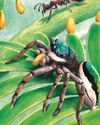
Jump Around - Bagheera Kiplingi - The acrobatic spider with a predilection for veggie food
Spiders eat flies, right? everyone knows that the 45,000 or so spiders in the world are all obligate carnivores, more or less – eating other animals, mainly invertebrates. Nature, however, loves an exception, and one particular spider missed out on that ecological memo. It goes by the wonderful scientific name of Bagheera kiplingi, and its claim to fame is that its diet is – at least mostly – vegetarian.
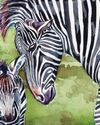
Female of the Species - Zebras - A strong sisterhood is key to staying safe
Zebras are masters of confusion. Their collective noun is ‘a dazzle’, which is fitting since their bodies and behaviour have been surprising scientists for centuries.
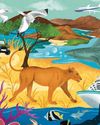
See It, Save It? - Wildlife tourism can be a powerful ally in protecting nature - but it can also harm it. We weigh up the pros and cons.
The sums of wildlife travel aren’t as simple as more tourists equals happier nature. How much did my visit really contribute to the conservation of Lady Liuwa and her habitat – and was that outweighed by carbon emissions from my flights? Did my presence disturb the animals’ natural behaviour more than it reduced the threat of poaching or benefited local communities?The question of whether wildlife travel is, on balance, good for wildlife is a complex one – and there’s no simple answer.

Can Your Really Offset Emissions? - Planning an overseas wildlife-watching trip entails facing some inconvenient truths
Imagine (or maybe you don't need to) that you hanker after the safari trip of a lifetime in sub-Saharan Africa. A 17-day tour beginning at the iconic Victoria Falls, passing through Zimbabwe, Zambia, Malawi and Tanzania, taking in some of the continent’s most wildlife-rich national parks, and ending on the lush island of Zanzibar.
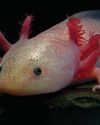
Metamorphosis: a life-changing event
WITH EVOLUTIONARY BIOLOGIST JV CHAMARY
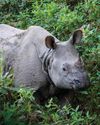
New series for BBC One: Asia
Settle in this autumn for a new natural-history extravaganza on BBC One and iPlayer: the longawaited Asia, presented by Sir David Attenborough.
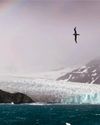
Loss of Antarctic sea ice could impact seabird food supply
Albatrosses and petrels may be forced to fly further to feed
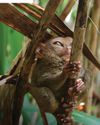
Tarsiers in trouble
Urgent action is needed to ensure survival of the Yoda-like primate

SNAP-CHAT
Chien Lee on shrew loos, rogue drones and being rained out of bed
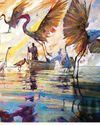
VISIONS OF NATURE
The winners of the Wildlife Artist of the Year competition 2024, from David Shepherd Wildlife Foundation